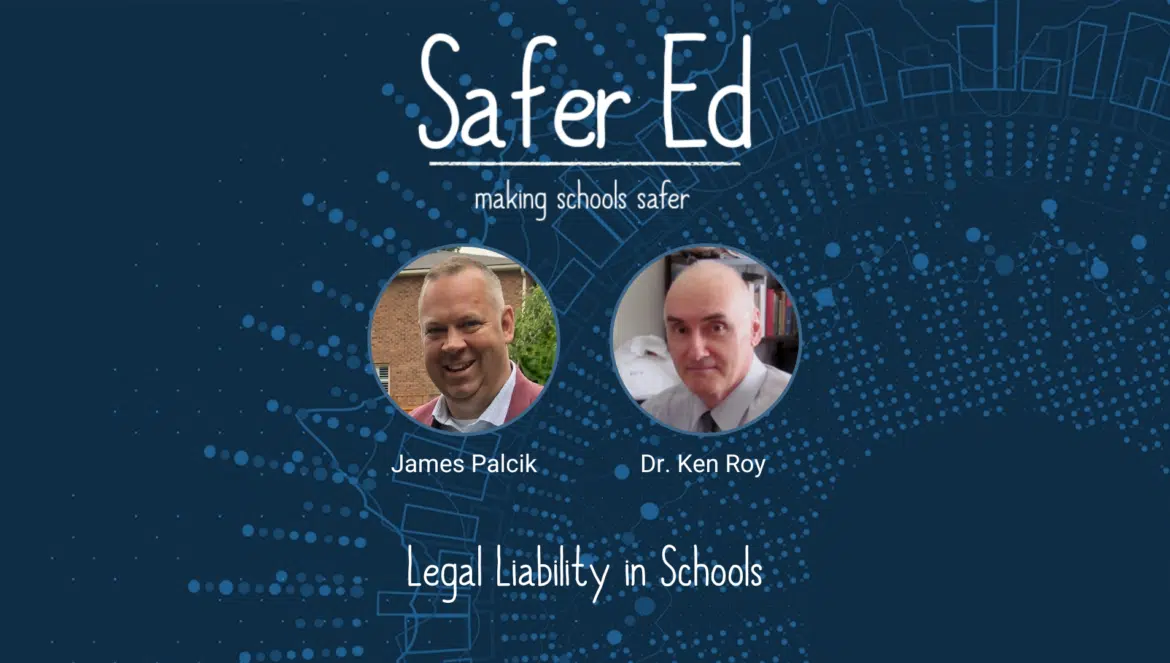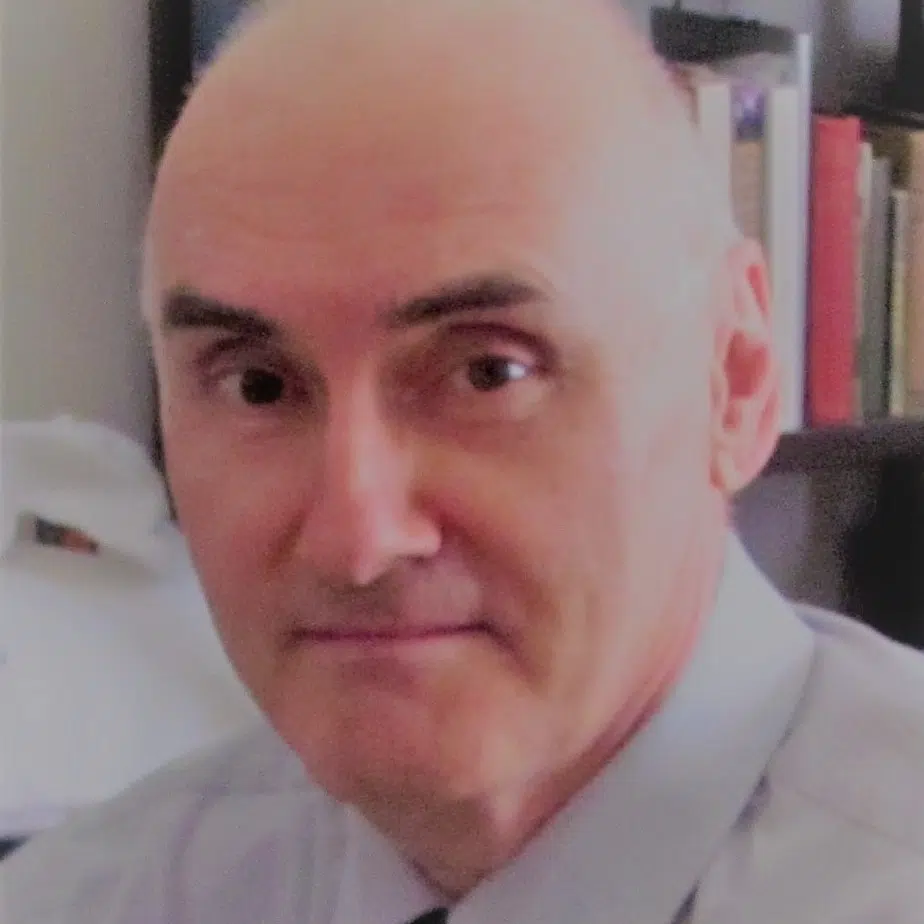Table of Contents
In episode one of Safer Ed, special guest Dr. Ken Roy joins host James Palcik to discuss school safety, the legal liability in schools, and its implications for making safer and educationally stimulating science and laboratory learning.
Safer Ed – School Safety Factors of Legal Liability
The conversation begins by exploring the basis of legal liability in STEM programs from the three major subdivisions within a school: administrators, teachers, and stakeholders. This part of the discussion focuses on the factors of legal liability in STEM environments, such as duty/standard of care, training, recklessness vs. negligence, and preventability.
As he states, Dr. Ken is not a lawyer. However, he is an expert in STEM legal liability as he has often been called to be an expert for trials involving laboratory accidents. He explains that there are certain features of an incident that directly lead to liability being placed on a school or teacher. Although accidents are not preventable, there are ways to ensure that your labs are safer for students and leave schools less liable to incidents.
School Safety Duty/Standard of Care
The duty/standard of care, as James and Dr. Ken discuss, is the responsibility of an educator to ensure safety. To ensure an educator is making the classroom environment safer, constant attention and dutiful Duty/Standard of care must be met and documented.
As mentioned in the conversation, having a proper Chemical Hygiene Officer, a dedicated member of staff who meets the chemical hygiene plan and appropriate duty/standard of care, is essential. As Dr. Ken points out, It is mandatory, and if someone is not given this position, the responsibility passes to the Superintendent of Schools. In his experience, many districts are entirely unaware of that fact.
Safer Ed Reckless vs. Negligence in Legal Liability
Dr. Roy explains that in legal liability terms, recklessness and negligence are the descriptors given to an educator’s actions in the event of a laboratory accident. Negligence is when the educator lapses in the duty of care, usually because of a lack of information. Recklessness is when an educator fully knows the risks of their actions and knows that something is unsafe and doesn’t take the proper precautions. In cases that Dr. Roy has researched, incidents often happen when educators know something is dangerous and do it regardless.
As Dr. Ken and James discuss, an issue that can happen is a shared liability when a problem is presented, i.e., a chemical issue, to the administrator and the issue is not resolved. If labs continue and the issue causes an incident, the teacher and administrator are liable. The key to note is that you are liable if you know something is an issue and don’t work to solve it.
Awareness & Mechanism For Legal Liability Mitigation
In the second part of the episode, the duo discusses factors to prevent accidents and make classrooms safer. From ensuring a chemical hygiene officer to training and assessment, these mechanics for mitigating risk can save lives, protect students and teachers, and reduce school liability. James and Dr. Ken discuss the importance of knowing the proper liability rules, regulations, and industry standards. A key piece of advice from Dr. Ken is: “if it’s written, it is done.”
Risk Assessment Performance
I would like you to know that understanding safety training, chemical hygiene, and supervision is essential. Knowing the full scope of laboratory processes and ensuring they are followed is critical to reducing risk and liability for accidents. Performing proper risk assessment for every laboratory activity and documenting the performance of set assessments in a teacher plan book can prevent injury and make the classroom safer.
Training, Assessment, Documentation, and Acknowledgement
The other sign of the preparation coin is students’ understanding of proper safety regulations. Even if the teachers have been trained and the administration has good documentation and management, students can still cause accidents, which schools can be held liable for. Dr. Ken has a three-step solution to keep students safer and ensure they follow proper safety procedures.
- Train students on proper laboratory procedures
- Assess students’ understanding of training using testing
- Ensure that all students pass an assessment before entering a lab experiment
- Document the student’s understanding
Making STEM Environments Safer and Reducing Legal Liability
Overall, this conversation is a must-listen for educators, administrators, and key stakeholders in science education who want to reduce liability for accidents and make their STEM programs safer. A few things to keep in mind for this conversation are:
- Understand the industry standards for STEM safety per regulation
- Train all participants per industry standards
- Ensure proper standard of care to avoid negligent and reckless mistakes
- Document the following of all proper procedures
- Constantly monitor and assess the process
With these keys in mind, it is essential to remember that you can not make science SAFE. Accidents can still happen even with all the procedures and measures mentioned in this conversation. This conversation focuses on making science SAFER for your district, administrators, teachers, and students.
About the participants:
Dr. Ken Roy is an internationally recognized science and lab specialist. He is the National Science Teachers Association’s (NSTA) Chief Safety Compliance Adviser and the National Science Education Leadership Association’s Safety Compliance Officer. Dr. Roy also serves as a consultant for CT State OSHA. Currently, he is the Director of Environmental Health & Safety for Glastonbury Public Schools (CT). Follow Ken on Twitter @drroysafersci
James Palcik is A recognized, trusted business executive, author, and industry veteran in the field of Science & STEM, CTE, and Safety education across North America. James has provided insights into science curriculum reform in science, STEM, and CTE programs for over 25 years in the United States and Canada as a certified professional educator. Follow James on Twitter @JamesPalcik75.



